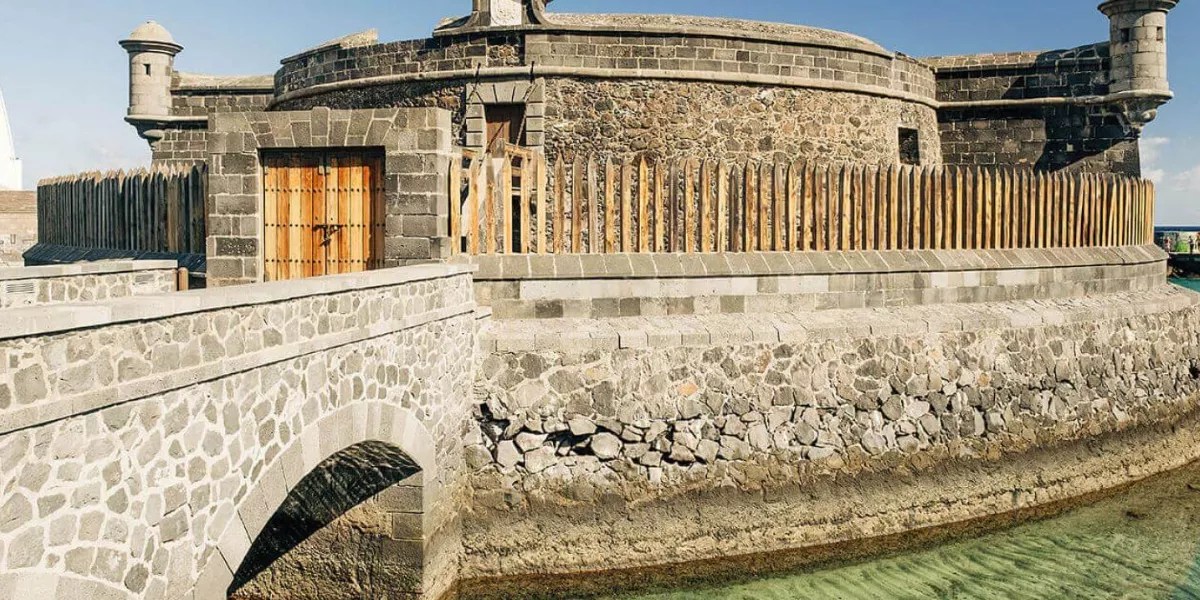Adorned in white attire with their faces painted black, numerous students from the local schools paraded through the streets of Puerto de la Cruz yesterday, singing and dancing to the beat of drums in the ancient ritual known as Mataculebra. This tradition was brought to the Canary Islands at the close of the 19th century by Canarian emigrants returning from Cuba.
Hundreds of spectators gathered to witness one of the most distinctive events of the Portuense Carnival, as the participants satirized the slave system of the Caribbean by embodying the symbol of evil in the form of a snake. The Plaza del Charco and Punta de Viento were enlivened by the scenic representation, accompanied by music and dance.
This Afro-Cuban tradition has endured in the tourist city due to the dedication and ethnographic efforts of Professor Manuel Lorenzo Perera, the recipient of the 2022 Canary Islands Prize for Popular Culture. In 1999, he commenced an educational project to rescue and preserve the tradition, which has now become one of the most beloved and remarkable activities of the Portuense Carnivals.
It is a distinctive way of celebrating Carnival, forming part of the emigration folklore stage, representing one of the zoolatric rites that black slaves brought to the cultures of South and Central America to mock the slavery they endured at the end of the 19th century. This tradition was brought from the Caribbean to the Canary Islands, specifically to La Palma and Tenerife.
















